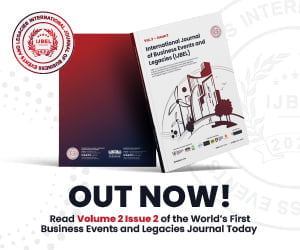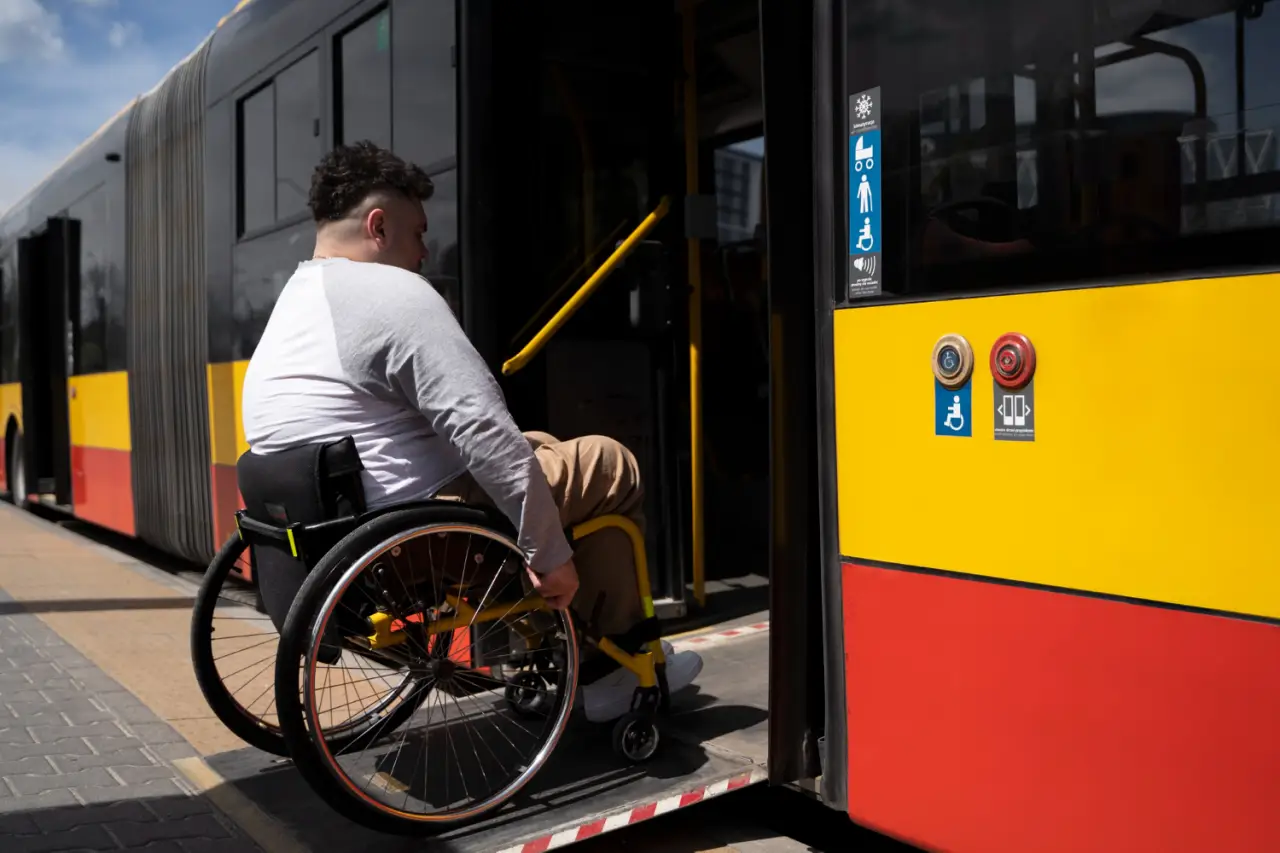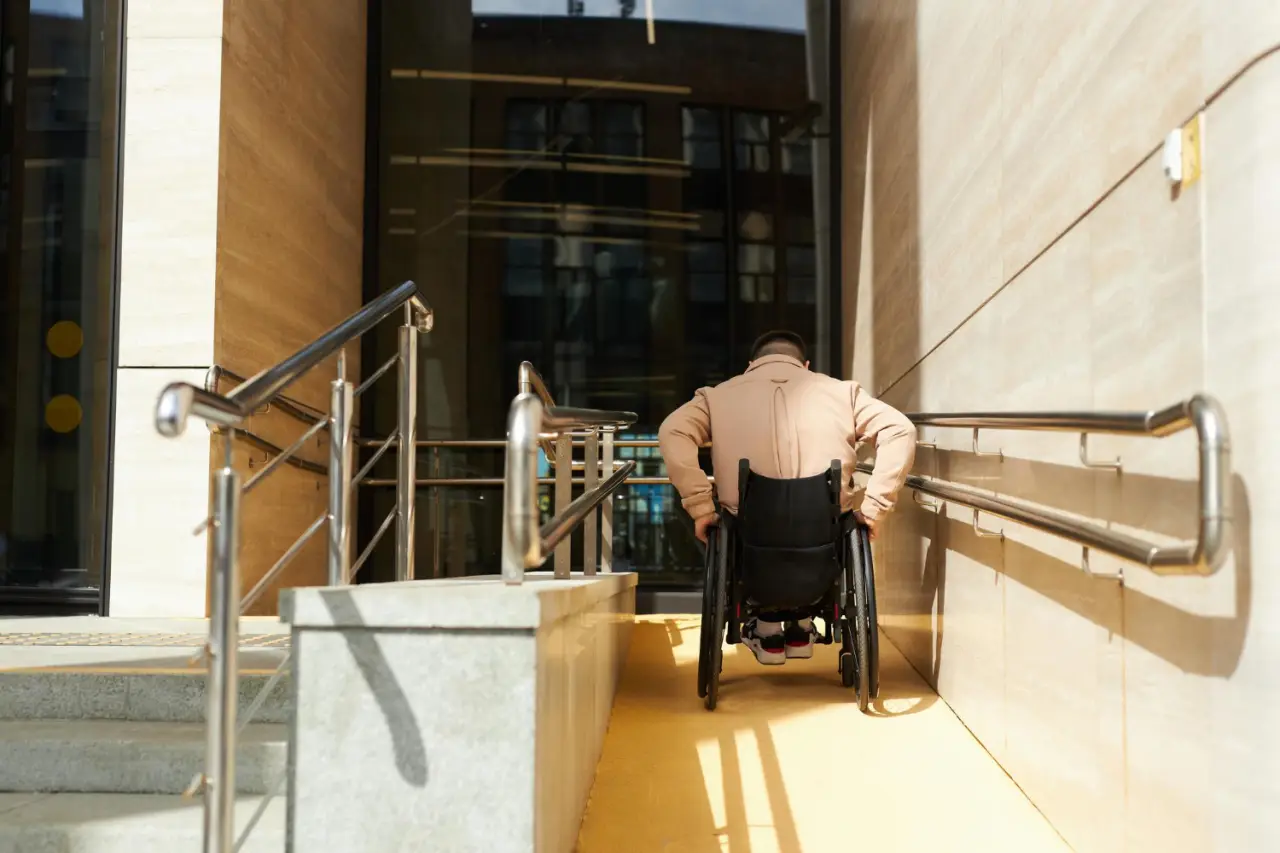Accessible Travel
What is Accessible Travel?
Accessible travel ensures that all individuals, regardless of physical limitation, health condition, or disability, have the opportunity to travel with comfort and dignity. This concept goes beyond mere accessible tourism, focusing on the journey itself and the means to make travel experiences inclusive for everyone.
Making travel accessible is crucial for promoting equality, independence, and the enjoyment of life for people with disabilities. It allows everyone to explore new places, experience different cultures, and participate in leisure activities without barriers.
Accessible travel is a vital aspect of the tourism industry, ensuring that all individuals, regardless of their physical abilities or disabilities, can travel comfortably, safely, and enjoyably. Breaking down the concept into transportation, accommodations, and attractions provides a clearer understanding of what must be done to create truly inclusive travel experiences.
Accessible Transportation
Accessible transportation is fundamental for individuals with disabilities to travel from one location to another, whether they are traveling locally or internationally.
The aim is to provide safe, convenient, and comfortable travel options for all, including those who use wheelchairs, have limited mobility, are visually or hearing-impaired, or have cognitive disabilities.
- Air Travel: Airlines are increasingly accommodating passengers with disabilities by offering priority boarding, accessible seating, and assistance at airports. It’s essential for airports to provide services like wheelchair-friendly shuttles, accessible restrooms, and assistance services from check-in through to boarding.
- Public Transportation: Buses, trains, and subways should be equipped with low-floor entries, ramps, and dedicated spaces for wheelchairs. Audible and visual announcements help those with hearing and visual impairments navigate public transportation more easily.
- Private Transportation: Rental car companies and taxi services are also part of the accessible travel ecosystem, offering vehicles equipped with hand controls, wheelchair ramps, and other modifications to meet the needs of travelers with disabilities.
Accessible Accommodations
Finding accommodations that cater to the needs of travelers with disabilities is crucial for a comfortable stay. Hotels, resorts, and other lodging options must adhere to accessibility standards that go beyond just having wheelchair-accessible entrances.
- Room Features: Accessible rooms should have wider doors, grab bars in the bathroom, roll-in showers, lowered sink and vanity areas, and sufficient space around beds and furniture to accommodate mobility devices.
- Facility Accessibility: Beyond the room itself, accommodations should offer accessible public spaces, including lobbies, restaurants, pools, and fitness centers. Elevators with audible signals and Braille buttons, as well as ramps and accessible pathways, are essential features.
- Service Accessibility: Accommodations must also provide services that cater to guests with disabilities, such as visual alarm devices for guests with hearing impairments and menus in Braille for guests with visual impairments.
Accessible Attractions
Tourist attractions, from museums and parks to entertainment venues and historical sites, should be accessible to everyone, including those with disabilities. This ensures that all travelers can enjoy the cultural, recreational, and educational experiences a destination offers.
- Entry and Navigation: Attractions should provide barrier-free access, including ramps, elevators, and accessible pathways. Maps and guides in various formats (large print, Braille, audio) help in making the site more navigable for all.
- Exhibits and Programs: Exhibits should be designed to be inclusive, with interactive elements accessible from a seated position and alternative formats for those with sensory impairments. Sign language interpretation, audio descriptions, and tactile experiences enhance accessibility.
- Staff Training: Staff and volunteers should be trained to assist visitors with disabilities, ensuring a welcoming and supportive environment. This includes understanding how to communicate effectively and how to provide assistance without compromising the visitor’s independence.
Accessible travel requires a comprehensive approach that addresses the varied needs of travelers with disabilities. By focusing on making transportation, accommodations, and attractions more accessible, the travel industry can ensure that all individuals have the opportunity to explore the world without barriers.
Accessible Travel Technologies
Technological advancements have significantly improved accessible travel, making it more convenient, inclusive, and enjoyable for people with disabilities. These technologies address various aspects of travel, from planning and booking to navigation and on-site accessibility. Here are some key technologies that are making a difference:
1. Mobile Applications
Mobile apps have become indispensable tools for travelers with disabilities, offering a wide range of functionalities:
- Accessibility Information Apps: Apps like AccessNow and Wheelmap provide users with detailed information about the accessibility of hotels, restaurants, tourist attractions, and public facilities around the world. Users can filter searches based on their specific needs, such as wheelchair accessibility, visual aids, or hearing assistance.
- Navigation and Mobility Apps: Google Maps and Moovit have incorporated accessibility features, offering routes and transit options that are friendly for people with disabilities. These apps provide real-time updates on accessible public transportation and pedestrian routes.
- Assistive Communication Apps: For travelers with hearing or speech impairments, apps like Ava and Google Live Transcribe help facilitate communication, providing real-time captioning and speech-to-text functionalities.
2. Wearable Devices
Wearable technology, such as smartwatches and fitness trackers, can be incredibly helpful for travelers with disabilities. These devices can offer vibration-based alerts and notifications for individuals with hearing impairments and track health metrics that may be crucial for travelers with certain medical conditions.
3. Augmented Reality (AR) and Virtual Reality (VR)
AR and VR technologies offer immersive experiences that can help travelers with disabilities plan their trips more effectively:
- Virtual Tours: VR allows individuals to explore hotels, landmarks, and attractions virtually before booking their trip, helping them assess the accessibility and suitability of various destinations.
- Augmented Navigation: AR applications can overlay real-time information onto the physical environment, aiding navigation for people with visual impairments by highlighting obstacles, providing directions, and identifying nearby accessible facilities.
4. Artificial Intelligence (AI) and Machine Learning
AI and machine learning are powering a range of services and devices that enhance travel accessibility:
- AI Chatbots: Many travel companies and services have integrated AI-powered chatbots on their websites and apps, providing instant, automated assistance to travelers with disabilities by answering queries, offering recommendations, and facilitating bookings.
- Predictive Analytics: Machine learning algorithms can analyze vast amounts of data to predict potential accessibility issues or recommend the best times to visit certain attractions, reducing wait times and improving the overall travel experience.
5. Internet of Things (IoT)
IoT technology connects everyday devices to the internet, allowing them to communicate and work together:
- Smart Luggage: IoT-enabled luggage can be tracked through smartphones, reducing the stress of lost bags for travelers with disabilities.
- Smart Hotel Rooms: Rooms equipped with IoT technologies allow guests to control lighting, temperature, curtains, and entertainment systems remotely, ensuring comfort and accessibility without the need for physical switches or controls.
These technologies represent just a portion of the innovations enhancing accessible travel. As they continue to evolve, they promise to further break down barriers, creating a more inclusive and accessible world for all travelers.
Previous Term: Accessible Tourism
Next Term: Actual Time of Arrival
A | B | C | D | E | F | G | H | I | J | K | L | M | N | O | P | Q | R | S | T | U | V | W | Y | Z




